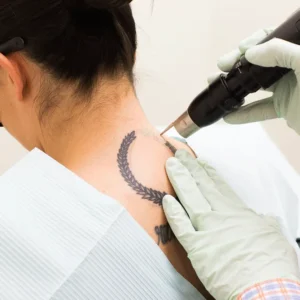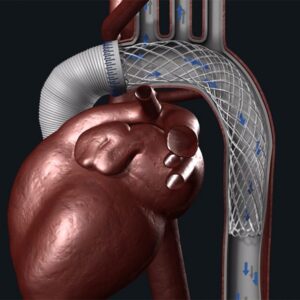Description
Familiarity with Treatment
Ceramic braces are a type of orthodontic treatment that uses tooth-colored or clear ceramic brackets and wires to gradually shift and align the teeth. They are a popular choice for individuals who desire a more discreet option compared to traditional metal braces. Ceramic braces are suitable for both children and adults.
Procedure
The procedure for ceramic braces is similar to that of traditional metal braces and involves the following steps:
- Initial Evaluation: The orthodontist evaluates the patient’s teeth, jaw, and bite to determine the treatment plan.
- Placement of Braces: Ceramic brackets are bonded to the teeth, and archwires are threaded through the brackets to apply gentle pressure, gradually moving the teeth into the desired positions.
- Adjustments: Regular adjustments are made to the braces to continue the process of shifting the teeth.
Who is it Suitable for?
Ceramic braces are suitable for individuals who want a more discreet orthodontic treatment option. They are effective for correcting various orthodontic issues, including crooked, crowded, or misaligned teeth, as well as bite problems. Ceramic braces are suitable for both children and adults.
Who is it Not Suitable for?
Ceramic braces may not be suitable for individuals with severe dental issues or those who require more complex orthodontic treatments. Additionally, individuals who have a habit of biting or chewing on hard objects may not be ideal candidates, as ceramic brackets can be more prone to breakage compared to metal braces.
Advantages
- Discreet Appearance: Ceramic braces are less noticeable than traditional metal braces, as the brackets can be tooth-colored or clear, blending in with the natural color of the teeth.
- Effective Treatment: Ceramic braces are effective at correcting a wide range of orthodontic issues, providing results similar to traditional metal braces.
- Less Allergenic: Ceramic braces are a suitable option for individuals with nickel allergies, as they do not contain nickel.
Complications
- Bracket Discoloration: Ceramic brackets may be prone to staining or discoloration over time, especially if proper oral hygiene is not maintained.
- Bracket Fracture: Ceramic brackets can be more fragile compared to metal brackets and may be more prone to breakage if subjected to excessive force or impact.
Preoperative Care
Before getting ceramic braces, it is important to address any existing dental issues, such as cavities or gum disease, to ensure the best outcome for the orthodontic treatment.
Postoperative Care
After the placement of ceramic braces, patients need to maintain good oral hygiene, attend regular orthodontic appointments for adjustments, and follow any specific care instructions provided by the orthodontist. It is important to avoid foods that may cause bracket damage or staining, such as hard or sticky foods and beverages like coffee or red wine.





Reviews
There are no reviews yet.